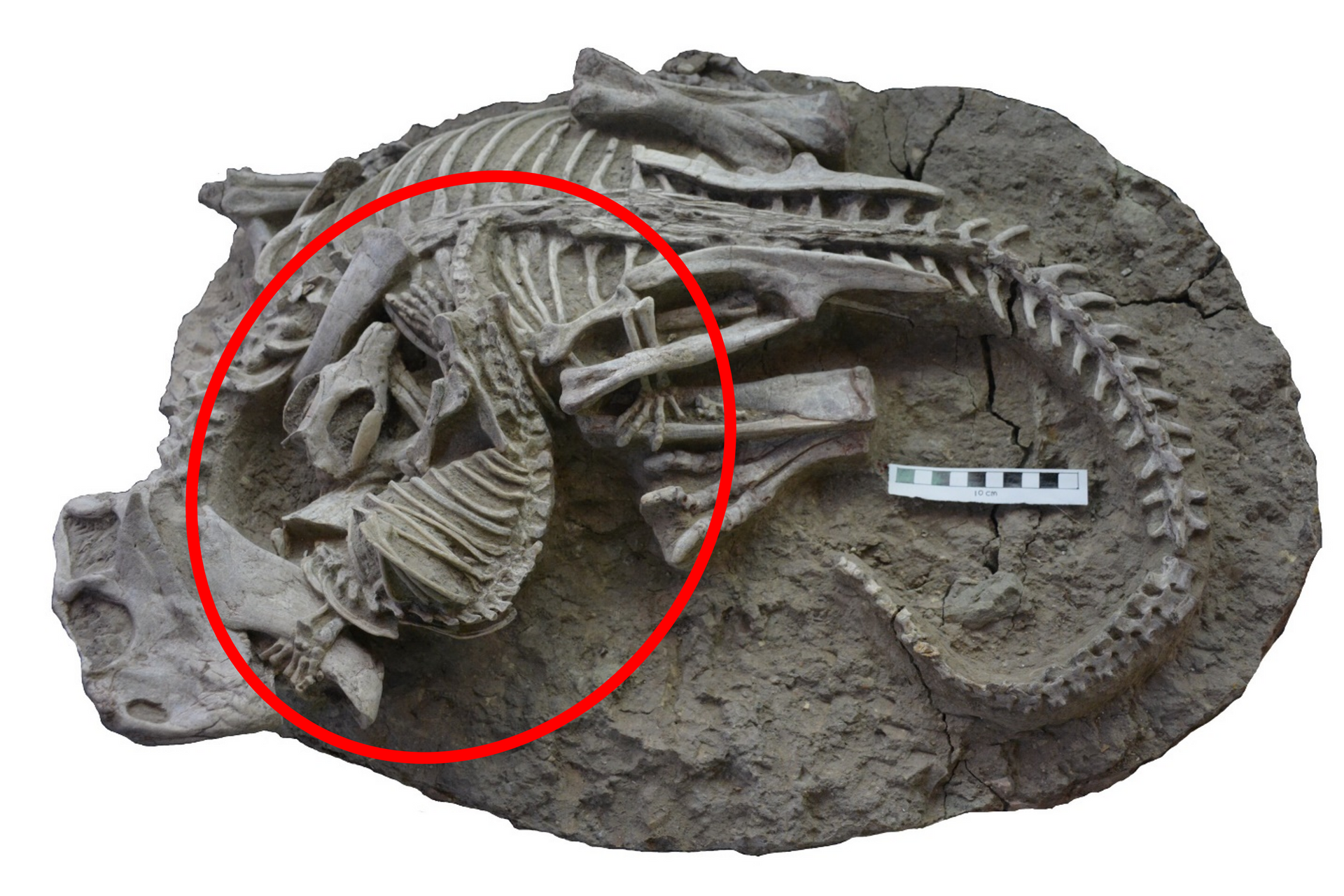Ryan's Articles

As has often been reported throughout this ministry’s history, evolutionists regularly have to revise their mythology because of new discoveries or scientific breakthroughs. Conversely, no new discovery or scientific breakthrough has ever required a revision but rather confirmation of God’s flawless record – the Bible. Case in point, the evolutionary tale of mammals has just received another revision.

With this news came a broad range of reactions, one of which was the refusal of conservative families to shop at Target (1) for fear of sexual predators and (2) to stand for what is morally and Biblically right. Indeed, each of the CTF families ceased shopping at Target after this announcement. Were/are families warranted in their fears of what might happen to their loved ones?

The most recent discovery of palatine kinesis in a Cretaceous rock layer has caused significant problems for the established narrative of avian evolution, demanding, once again, a rewriting of the evolutionary mythos by evolutionary apologists. Conversely, the Biblical creationist model of created kinds is unremittingly supported by observational science.







